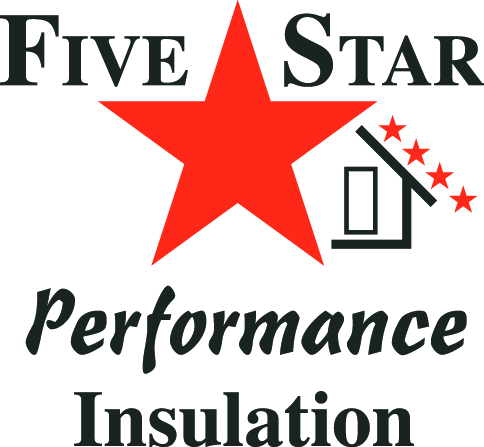More homeowners today are interested in knowing what insulation is the healthiest and most sustainable for our planet. As building materials have a dubious history of being safe for occupants of the buildings they compose, consumers wish to make informed choices. This includes asking, “Is there healthy insulation available?” The answer is yes. Here are five options in Sacramento, CA for better health and sustainability in insulation:
- Mineral wool: This option is a stone wool insulation made from at least 75 percent recycled materials. It is naturally fire resistant and hydrophobic (does not hold water), which makes your home safer and inhibits mold infestation. It is also easy to install and dense for good energy efficiency. However, during installation, you need to be careful and wear a respirator. Mineral wool contains silica sand, which can get into your lungs. You also need to be careful not to allow the silica sand to come in contact with your skin.
- Fiberglass batts: If you wish for a healthy and ecological insulation solution, fiberglass batts are the most affordable option. However, they are not hydrophobic, so you risk mold infestation, and they do not offer the same insulation quality as other options. It is formaldehyde free, and there are brands using at least 50 percent recycled content. If you decide to pursue this option, use at least R-21 and choose unfaced batts.
- Cork: While cork is a favorite among contractors, it is also the most expensive. However, you will get your money’s worth from it. It is 100 percent natural, and unlike other insulation, it is installed on the exterior side, which eliminates the possibility of contaminants in your home and also acts as siding. In addition, it is naturally fire resistant and dries out when wet, so mold is not an issue. You may also enjoy cork if you live on a busy street, as it absorbs sound.
- Blown-in cellulose: Made of natural fibers, there is some controversy on whether the borate treatment in cellulose is safe for humans. While the borate provides fire protection, there are questions concerning its safety. That said, there is a new option for blown-in insulation that will be available soon. It uses recycled cardboard, which produces less dust, and a fire retardant that does not generate the same controversy. Contractors take precautions to make blown-in cellulose as safe as possible, so if you decide to pursue this option, hire a reputable insulation specialist.
- Hemp: While hemp insulation is not available in the U.S. yet, it shows excellent potential. It is more affordable than cork, and 88 percent natural fibers, with the remaining 12 percent being polyester fiber. The R-values are comparable to mineral wool and fiberglass, so you enjoy excellent energy efficiency. The only caution is that you must make sure the walls are vapor permeable or the insulation will not dry when wet. Otherwise, you risk a mold infestation and the associated respiratory symptoms that come along with with it.
5 Star Performance Insulation, Inc. is an insulation contractor in Sacramento, CA. For more information on knowing what insulation is the healthiest, contact us today and learn what we offer.
